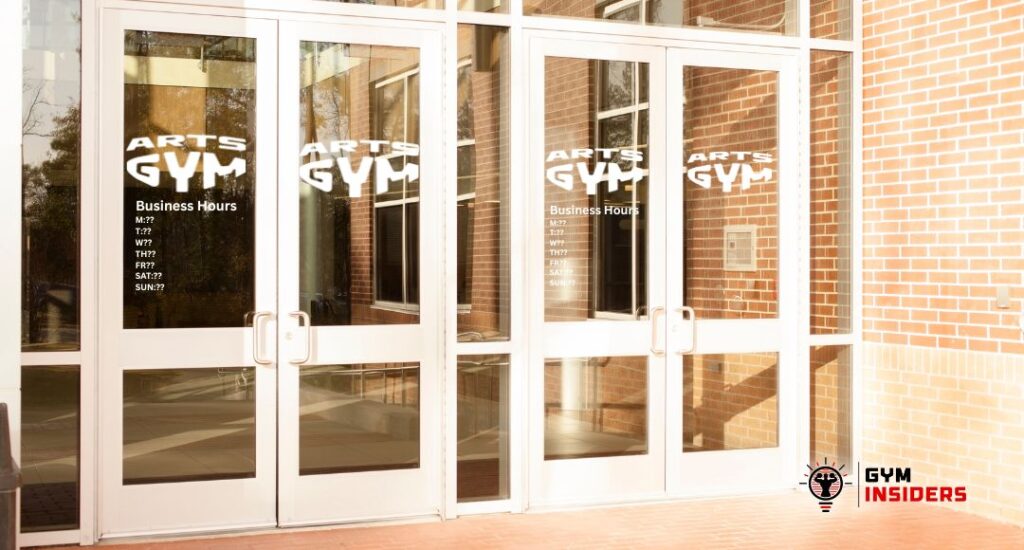Determining the best operating hours for your gym is a crucial decision that directly affects member satisfaction, staffing efficiency, and overall profitability. Whether you’re preparing to open a new fitness facility or managing an existing one, aligning your gym hours with member preferences and local market needs is key to success. This article provides insights and practical advice to help you strategically plan your gym’s operating schedule.
Table of Contents
Understanding Member Habits and Market Trends
Identifying Peak Hours
For established gyms, analyzing check-in and class attendance data helps pinpoint busy periods, allowing informed decisions on when to expand or reduce operating hours. If you’re launching a new gym, surveys and demographic research can give valuable predictions on when potential members are most likely to visit.
Addressing After-Hours Demand
Emerging studies highlight a growing interest in gym access beyond traditional hours. Recent research from industry sources indicates a notable portion of gym-related searches occurring late at night or early in the morning, especially in metropolitan areas. This suggests an increasing demand for gyms that cater to flexible schedules.
Exploring Different Operational Models
Round-the-Clock Access
Offering a 24-hour gym facility appeals greatly to members with unconventional schedules, such as shift workers and busy professionals. While this can increase membership appeal, it’s important to weigh considerations such as additional costs for staffing, security, and utilities.
Core Hours with Flexible Extensions
Operating mainly during high-demand hours, such as 5 AM to 11 PM, while occasionally extending hours for special events or peak seasons, balances customer convenience with operational cost management. This model provides flexibility without the full investment required for constant operation.
Building Your Schedule Around Community Feedback
Creating a Member-Centric Schedule
Engaging directly with your members through surveys and feedback sessions can yield valuable insights into preferred hours. This collaborative process enhances the community atmosphere and ensures your schedule genuinely meets members’ needs.
Trial Periods and Scheduling Flexibility
Introducing trial periods for potential changes in hours can help gauge member response and satisfaction. Being open to adjustments demonstrates your gym’s responsiveness and commitment to meeting member expectations.
Practical Steps for Effective Planning
Conduct Thorough Market Analysis: Understand the demographics, work schedules, and competitor hours in your area to set informed operating hours.
Monitor Member Usage: Continuously track attendance and usage trends to identify opportunities for optimizing your schedule.
Actively Seek Member Input: Regularly use surveys, suggestion boxes, or casual conversations to gather direct feedback about preferred operational hours.
Financial Assessment: Evaluate the financial implications, including staffing, utilities, and potential revenue increases from extending operating hours.
Stay Updated on Industry Insights: Regularly monitor fitness industry trends and changes to stay ahead of evolving member expectations and competitive benchmarks.
By carefully evaluating these aspects and maintaining open dialogue with your members, you can establish gym hours that not only meet your community’s needs but also optimize resources and support your gym’s overall success.









No Comments